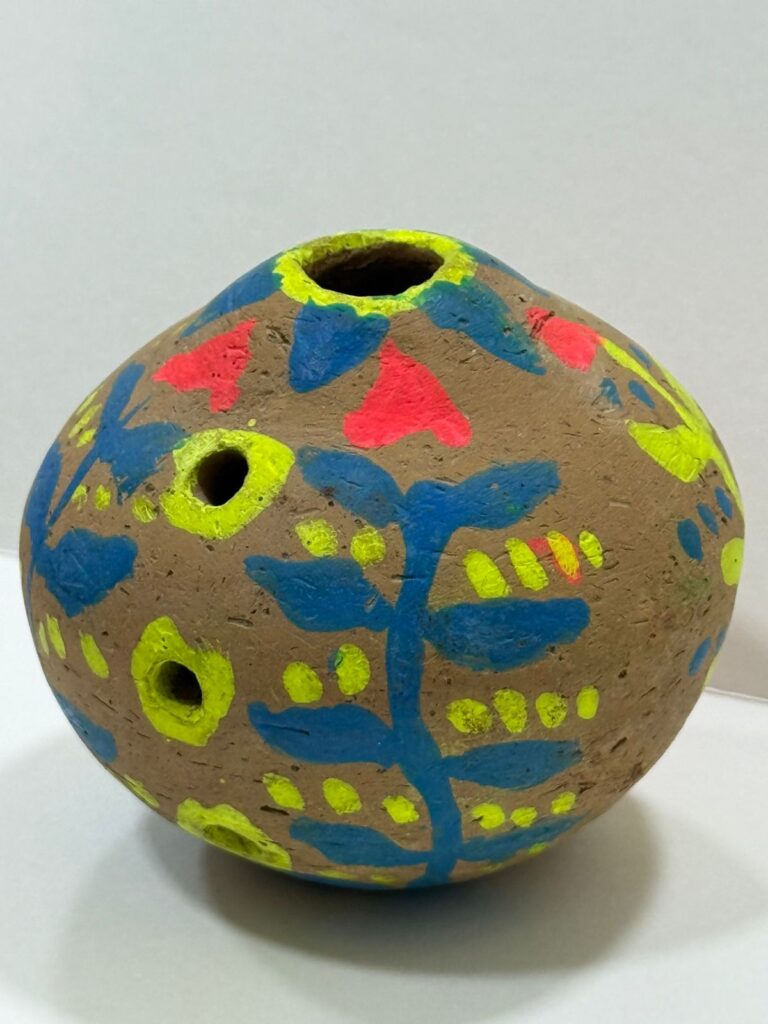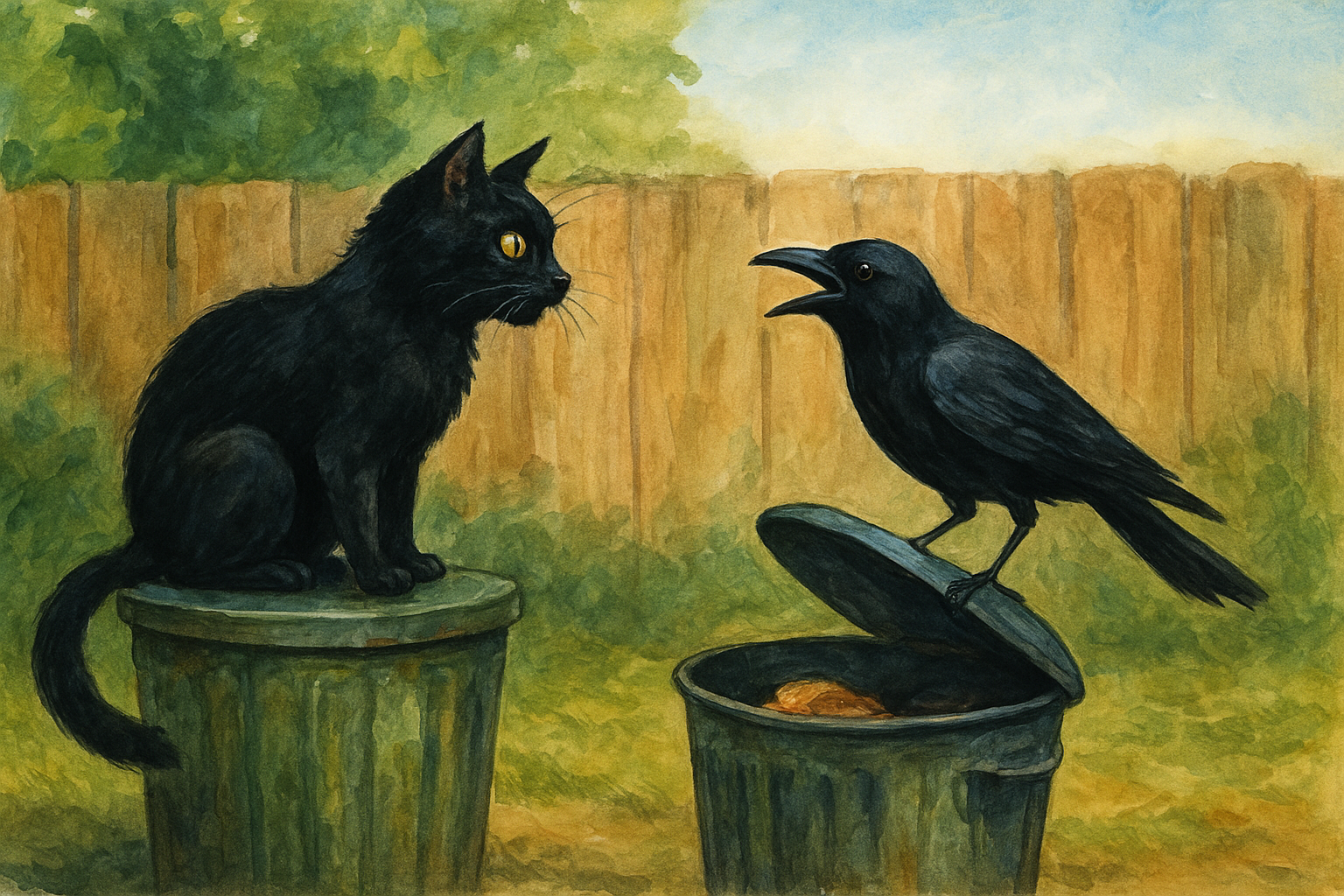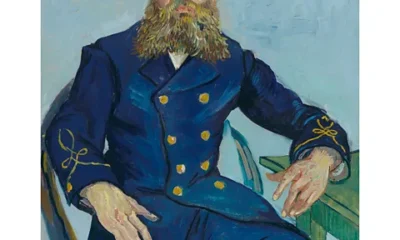Art & Culture
The Japanese island that was saved by art

Once polluted and suffering from depopulation, Naoshima has become Japan’s hottest contemporary art enclave – and there are signs that life there may be finally rebounding.
Shinichi Kobayashi has idyllic memories of growing up on Naoshima, one of the nearly 3,000 islands scattered across Japan’s Seto Inland Sea.
“We would go clam digging,” said the 75-year-old, who became the island’s mayor in 2018. “During the summer, I would spend entire days swimming in the sea, catching turban shells and fish, getting deeply tanned.”
“I don’t recall seeing any foreign visitors,” he added.
Kobayashi’s home island is no longer off the tourist radar – thanks to the power of modern art. Since the 1989 launch of what has become Benesse Art Site Naoshima – a multi-island art initiative initiated by billionaire Sōichirō Fukutake – more than 500,000 visitors now flock annually to Naoshima, whose fishing villages, rice fields and craggy coastlines have become the canvas for mesmerising art installations and ambitious museums. In 2010, the Setouchi Triennale launched. The contemporary art festival – which is now one of Japan’s foremost international art events – attracts roughly one million visitors to the region each Triennale season. The sixth edition kicked off on 18 April this year and will run until 9 November; the longest Setouchi Triennale ever.
Forty years ago, few would have imagined such a transformation. In the early 20th Century, Naoshima had cemented its reputation as a copper smelting hub, but by the 1980s, it was heavily polluted; the raw, rocky land around the Mitsubishi Materials industrial plant denuded of vegetation. The population dwindled dramatically as the young left to seek opportunities in larger cities.
Fukutake’s father, publishing magnate Tetsuhiko Fukutake, and Naoshima’s then-mayor, Chikatsugu Miyake, aspired to revitalise the bleak area by founding a children’s campground. Tetsuhiko died before the project was completed, leaving it to his son. Shocked by Naoshima’s pollution, the younger Fukutake purchased a large swathe of the island’s unblighted south side. His new plan: to transform the region by erecting attractive museums against its serene coastal landscapes. To enact his vision, he tapped Osaka-born architect Tadao Andō, who had become known for designing buildings that blended seamlessly into their surroundings.
“I was surprised by the idea and thought it would be difficult to achieve,” Andō said in a 2018 interview where he and Fukutake discussed the project’s origins. “It was so inconvenient! Who would come here?”
“This project began as an act of resistance,” explained Fukutake in the interview. “It was my conscious intention to build a kind of heaven on Earth – the very first paradise that harmonises art, nature and the local community.”

In 1989, Andō designed the Naoshima International Camp, fulfilling the elder Fukutake’s vision. In 1992 came the Benesse House Museum, a hotel and contemporary art museum housing works by luminaries including Bruce Nauman, Frank Stella and Hiroshi Sugimoto.
The island’s evolution into a globally renowned open-air museum and international contemporary arts hub was all but assured in 1994, when Yayoi Kusama’s yellow and black-spotted Pumpkin was added to the landscape’s growing collection of public artworks. This iconic work has since become emblematic of Naoshima itself.
“[The] initial goal wasn’t to promote tourism,” said Soichiro Fukutake’s son, Hideaki, who now helms the Fukutake Foundation. “But rather to revitalise the region through art and help locals feel a renewed sense of pride in their hometown.”
But the mission hasn’t just been about building anew. Since 1998 and the start of the Art House Project in the nearby fishing village of Honmura, “using what exists to create what is to be” has been a guiding principle, leading to many defunct buildings on Naoshima and the neighbouring islands of Teshima and Inujima to be reborn as art. These include two projects by artist Shinrō Ōtake: Haisha, an old dentist’s building transformed with collage, reclaimed materials and a partial giant copy of the Statue of Liberty; and Naoshima Bath “I♥︎湯”, a public bathhouse now plastered in a patchwork of patterned tiles on the exterior to the full-scale model of an elephant striding across the dividing wall between the male and female bathing sections.

Some locals were initially sceptical about the general appeal of such artworks. In the 1980s Toshio Hamaguchi worked for Naoshima’s town office and guided executives from Fukutake’s company around the island when the International Camp was first being planned. “I did not expect that we would attract many people by such a project, and particularly by art,” recalls the retiree. “However, we have so many visitors thanks to art now.”
Since his initial commissions on Naoshima, Andō has designed nine other projects on the island, including the Chichu Art Museum, of which a large portion is built directly into the earth; and the Naoshima New Museum of Art, opening 31 May, which will showcase contemporary art from Japan and Asia. The inaugural exhibition – titled From the Origin to the Future – will feature works by the likes of Japan’s Takashi Murakami and Makoto Aida, Cai Guo-Qiang from China and the Korean artist Do Ho Suh.
Like the Chichu Art Museum, the Naoshima New Museum of Art blends seamlessly with the environment by burying two of its three storeys beneath the ground. “It’s one of the most ambitious and exciting projects we’ve undertaken,” said Hideaki Fukutake.
The success of Benesse Art Site Naoshima in attracting visitors to a once-neglected location has been an inspiration for similar projects in other rural parts of Japan. Art Base Momoshima on the island of Momoshima is helmed by renowned conceptual artist Yukinori Yanagi, while on Ōmi-shima, another Inland Sea island, architect Toyō Itō has established the Toyō Itō Museum of Architecture.
As mayor, Kobayashi notes the economic benefits: “Thanks to the increasing number of visitors, guesthouses and restaurants have flourished, helping make everyday life more vibrant for the locals.”
He added: “That said, we’ve also seen some changes, like more people locking their doors, which wasn’t common in the past… For me, what matters most is that the residents can live cheerfully, energetically and happily.”
Threatening this is the island’s persistent issue of depopulation: Naoshima currently has 3,000 residents, around half the number it had in the 1980s. “Personally, I strongly wish to increase it,” said Kobayashi. “Even if just by one person.”
More like this:
• How the bullet train transformed Japan
• How Japan’s tsunami-ravaged coastline is being transformed by hope
• Japan’s 97-year-old cherry blossom guardian
However, there are glimmers of hope; a 2024 Asahi Shimbun article cited that though the island’s population was in decline in 2022, the number of newcomers has risen slightly but steadily each year since. Over the past five years, 500 people – mainly married urban couples in their 30s and 40s – moved to the island, attracted by its unique artsy beauty. Many Benesse Art Site Naoshima staff have relocated to the island while others have come to fill jobs in the booming hospitality industry – so much so that Naoshima is now facing a housing shortage. Mitsubishi Materials has also significantly cleaned up its copper smelting operations, improving the overall quality of life.
Speaking at a conference on Naoshima in 2023, Eriko Ōsaka, a respected curator and general director of The National Art Center, Tokyo, credited Benesse Art Site Naoshima organisers with changing the island’s image “from being a negative one to a positive one through the power of art”.
In Ōsaka’s opinion, visitors to Naoshima “can experience serendipity that they can find nowhere else and discover something unknown within themselves”. For her, the success of Benesse Art Site Naoshima means that some of those islanders who have moved away “will come back one day”.
—
If you liked this story, sign up for The Essential List newsletter – a handpicked selection of features, videos and can’t-miss news, delivered to your inbox twice a week.
For more Travel stories from the BBC, follow us on Facebook, X and Instagram.
Art & Culture
From Bank Lines to Bus Seats: Bold Lessons in Courtesy, Courage, and Everyday Survival

In the line of bill payers at the bank,
As the fairer sex,
If sick, don’t just be blank
“Ladies first”, “excuse me11, “before you please.”
For deals with unpaid bills,
Ask for goods back, threat if you will,
Repeat the request for a job.
You may make it from the mob,
Instead of standing, share the seat on the bus
Isn’t it much better than making a fuss,
Whatever you do during tug-of-war, do not push the rope
Or you’ll be the laughing stock amidst cries of, “What a dope.”
Art & Culture
Bareendo of Pakistan Inscribed on UNESCO’s Intangible Cultural Heritage (ICH) List

Paris(Imran Y. CHOUDHRY):- Bareendo (Bhorindo), one of the oldest surviving folk instruments of Sindh, has been officially inscribed on UNESCO’s list of Intangible Cultural Heritage (ICH) in need of urgent safeguarding. The decision was adopted at the 20th Session of the Intergovernmental Committee for the Safeguarding of the Intangible Cultural Heritage.

The Bareendo is a clay wind instrument whose origins trace back to the 5,000-year-old Indus Valley Civilization. It is a symbol of Sindh’s spiritual and communal traditions. For centuries, its soft and meditative tones have accompanied winter gatherings, Sufi practices, and rural celebrations. Today, however, the tradition is endangered, with only one master musician, Ustaad Faqeer Zulfiqar, and one master potter, Allah Jurio, preserving its complete knowledge.
The nomination of Bareendo as an ICH in urgent need of safeguarding is the result of an intensive consultative process between the Government of Sindh, Pakistan Mission’s to UNESCO in France and the UNESCO Headquarters. It was inspired by a community-led and participatory process in the village of Keti Mir Muhammad Loond village in Sindh province to protecting Bareendo as a cultural heritage. Their efforts shaped the comprehensive Four-Year Safeguarding Plan (2026–2029), which includes the establishment of a community music school, integration of Bareendo heritage into formal and informal education, and the use of digital platforms to expand cultural outreach. UNESCO’s inscription will support the conservation process.
Permanent Delegate of Pakistan to UNESCO Ambassador Mumtaz Zahra Baloch welcomed the decision of UNESCO’s Intergovernmental Committee to inscribe Bareendo as an Intangible Cultural Heritage in urgent need of safeguarding. “The inscription of Bareendo is a proud moment for Pakistan and a tribute to the communities who have preserved this ancient instrument and music for generations. Bareendo is not only an emblem of the Indus Valley’s cultural continuity but also a living expression of Sindh’s artistic and spiritual heritage.”
“This recognition by UNESCO reaffirms Pakistan’s commitment to the protection and promotion of our diverse cultural traditions. We look forward to working closely with UNESCO to ensure that the knowledge, craftsmanship, and musical identity of the Bareendo is transmitted to future generations”, she said.
Art & Culture
“The Backyard Ballet: Cat and Crow in Comic Courtship — A Poem by Zeenat Iqbal Hakimjee”

My backyard is livened up
By the cat and the crow.
From a distance they for each other
A liking show.
Caw Caw, Meow Meow they hark & howl.
A din enough, to disturb the neighbouring fowl
Both of them perched on the dustbin.
Turn by turn.
Waiting for a morsel, from the kitchen to return.
Up goes the left over meat, in the air,
What ensues would ashame ‘The battle for the chair
-

 Europe News10 months ago
Europe News10 months agoChaos and unproven theories surround Tates’ release from Romania
-

 American News10 months ago
American News10 months agoTrump Expels Zelensky from the White House
-

 American News10 months ago
American News10 months agoTrump expands exemptions from Canada and Mexico tariffs
-

 American News10 months ago
American News10 months agoZelensky bruised but upbeat after diplomatic whirlwind
-

 Art & Culture10 months ago
Art & Culture10 months agoThe Indian film showing the bride’s ‘humiliation’ in arranged marriage
-

 Art & Culture10 months ago
Art & Culture10 months agoInternational Agriculture Exhibition held in Paris
-

 Pakistan News6 months ago
Pakistan News6 months agoComprehensive Analysis Report-The Faranian National Conference on Maritime Affairs-By Kashif Firaz Ahmed
-

 Politics10 months ago
Politics10 months agoUS cuts send South Africa’s HIV treatment ‘off a cliff’




















